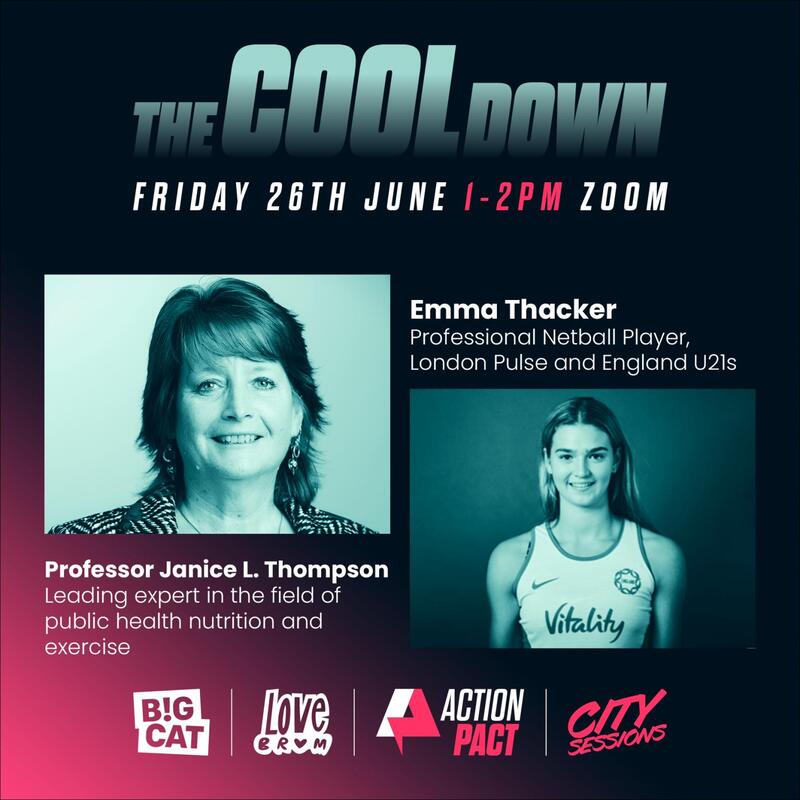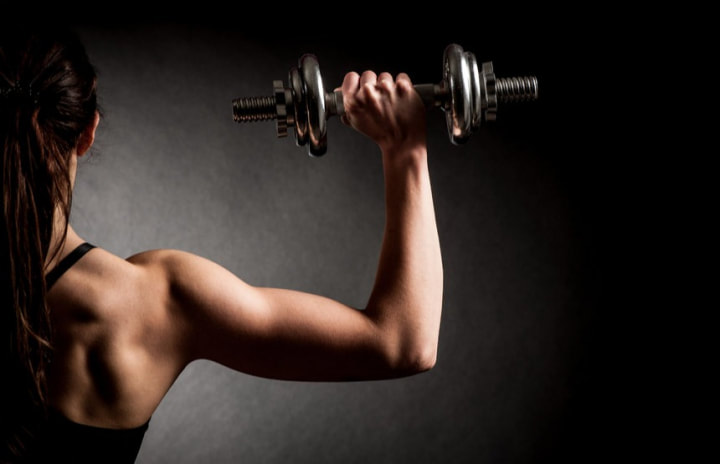|
I conducted creative testing with the Pakistani community across the UK to measure attitudinal and behavioural responses to a NHS booster campaign prior to its launch. Key motivational factors for vaccine booster uptake were that (1) the vaccine was seen as an responsible act of care for one's family and community, (2) equal and authentic representation of genders was crucial, and (3) figurative messaging of 'in our blood' was appealing and persuasive. Other insights informed the campaign design.
1 Comment
What drives emotion and physiological arousal in adverts? The critical role of figurative operations8/3/2022 Citation: Houghton, D., Littlemore, J., Ford, S., Harfield, C. and Marder, B. (in press 2022). What drives emotion and physiological arousal in adverts? The critical role of figurative operations, In A. Athanasiadou and H. Colston, Figurativity and Human Ecology. Figurative Language and Thought Series, Amsterdam: John Benjamins. DOI: 10.1075/ftl.17.08hou. Abstract:
The inclusion of figurative operations in marketing videos has the potential to improve the effectiveness of marketing campaigns due to their reported ability to trigger emotional responses, thus making the campaigns resonate more strongly with the viewer. This study explored the relationship between the presence of three figurative operations (hyperbole, metaphor and metonymy) in campaign videos and the levels of physiological arousal and emotion that were triggered by those videos. Seven videos were coded for these three embedded figurative operations. Participants watched the videos in laboratory conditions, where their levels of electrodermal activity and self-report emotional responses were recorded. The ability of these figurative operations to trigger physiological arousal was compared to that of two other features that have been shown to promote arousal (the presence of humour and unmarked contrast). The presence of hyperbole led to higher levels of arousal than humour and unmarked contrast, the presence of metaphor led to higher levels of arousal than humour, and the presence of metonymy led to higher levels of arousal than humour, but lower levels than unmarked contrast. Associations between these arousal levels and the reported emotions are discussed, and collectively provide insights into the optimal use of figurative operations in marketing campaign videos. Our findings contribute to a deeper theoretical understanding of the relationship between figurative operations and arousal, and provide practitioners with information regarding which figurative operations are likely to evoke a stronger emotional response when used in marketing videos. During June 2020, Big Cat Agency has partnered with ActionPact to host a series of panel discussions featuring expert guest speakers from across the health, fitness, and wellbeing sectors. I reported on three of the first four webinars concerning training, and health and nutrition. Access them via Creative Brief or download the reports below.
the impact the gym has on their lifestyle (i.e. diet, sleep, and spending), and their preferences for types of training formats and fitness classes. I used a thematic analysis approach to identify the common concepts, thoughts, and opinions gym-goers had in response to the questions posed. From this analysis, I was able to draw key behavioural practices and emotional reactions to attending the gym and fitness classes. Citation: Ford, S. (2020). Identifying the behavioural habits of gym-goers to inform an emotional 'hook' in advertising. Creative Brief. Retrieved from: https://www.creativebrief.com/agency/big-cat/insights/identifying-behavioural-habits-gym-goers-inform-emotional-hook-advertising. Also open access from: https://www.samantha-ford.com/publications.html.
Watch this video to find out how I worked with Jeannette Littlemore, Paula Perez-Sobrino, and David Houghton, and Big Cat Advertising Agency to effectively implement metaphor into a campaign that talked about sexual health. For more information about the campaign and the EMMA project, click here.
examined whether participant responses varied according to: (a) participant age, gender, sexuality, and ethnicity, and (b) the figurative nature of twelve campaign adverts, in order to establish which figurative factors shape the extent to which consumers report that they find the adverts funny, appealing, and say they would engage with the campaign’s call to action (i.e. to order an STI kit) or its presence on social media. The figurative nature of the adverts varied three-way: (1) the level of conceptual work required to decode the adverts’ meaning; (2) the progression of the sexual conquest narrative (i.e. where in the progression of the sexual act from dating to sexual intercourse was referred to via metaphor); (3) the level of creativity (conventional to novel) in the adverts.
To read the full article, click here.
From February to April 2018, Samantha has collaborated with Darren Gibson, a Master's Composition student from the University of Salford. Darren Gibson's atmospheric music brings to life the poetry of Samantha Ford, telling the story of ancient origins that has a modern moral at its core. The musical prose is based on the legend of Finn MacCool and the creation of the Giants Causeway and Isle of Man. Watch the video and read the poem below.
use of innovative technology. With a particular emphasis on non-profit organisations, the advertising campaigns and creative designs produced by Big Cat containing figurative messaging will be tested using eye-tracking technology (ET), qualitative interviews, and electrodermal activity measurement (EDA).
The collaboration between the University of Birmingham, involving academics from the English Language and Linguistics department and Marketing department, and the Big Cat Marketing Communications Agency forms a part of the EMMA project, which has been running since 2015. A new website: The University of Birmingham provided funding to the EMMA project to continue its investigation into figurative messaging involving metaphor and metonymy in advertising from 2017. A new website is being developed at the University of Birmingham that includes updates on EMMA's activities from 2017 onwards. Why not check it out here? Meet the team: EMMA consists of five core members: Professor Jeannette Littlemore (left), Dr Paula Perez-Sobrino (right), Dr David Houghton (centre-right), and Samantha Ford MA (centre-left). |
Categories
All
Archives
October 2022
|
|||||||||||||||||||||||||||||||||||||
Photos from wuestenigel (CC BY 2.0), wuestenigel








